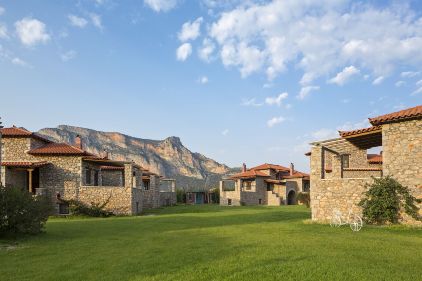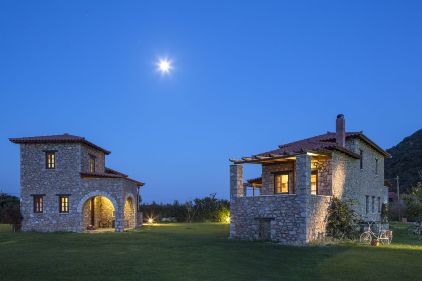The Tsakonian dialect
Due to the geographical isolation of the area, the people of Tsakonia retained many characteristics of the Doric dialect. So, although the official Greek language and the main dialects derived from the common Hellenistic language, the Tsakonian dialect originated directly from the Doric dialect of the Ancient Greek language .
It can thus be classified as a language completely different from the Greek, rather than a dialect. It is the oldest spoken language in Greece and maybe in the whole of world. Moreover, recently efforts have been made, so that the Tsakonian dialect can be included in the list of UNESCO.
In the past, the Tsakonian dialect was also spoken in the neighboring areas of Laconia and in the Tsakonian colonies in Asia Minor, Turkey.
It should be noted that until 1997, the dialect was taught by local teachers in the high school of Tyros. However, over time the dialect was heavily influenced by the official Greek language.
The Tsakonian dance
The Tsakonian dance is probably the only ancient Greek music sample complete with melody, rhythm and dance that has survived until today. It is a sacred devotional dance.
It is the representation of the effort of Theseus to get out of the labyrinth. It is also considered to be the Crane dance described by Plutarch. During the era of the Twelve Gods, the dance was dedicated to Apollo, representing his victorious battle with the snake.
The Tsakonian costume
Apart from the language, the culture of Tsakonica can be found in the songs of the region and in traditional dress such as the "tsoubes" a bridal dress. These costumes can be seen worn on national parades and at exhibitions of local folk dancing.





